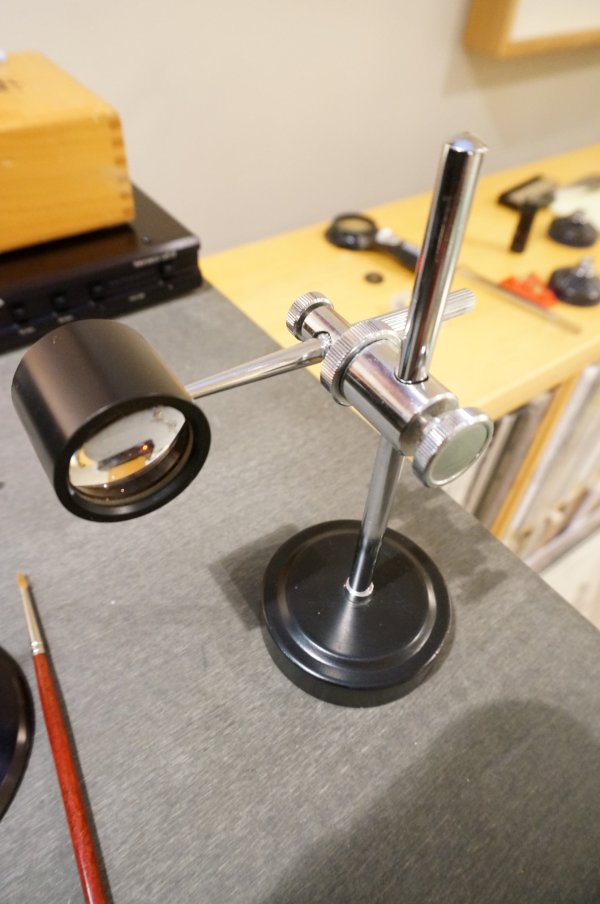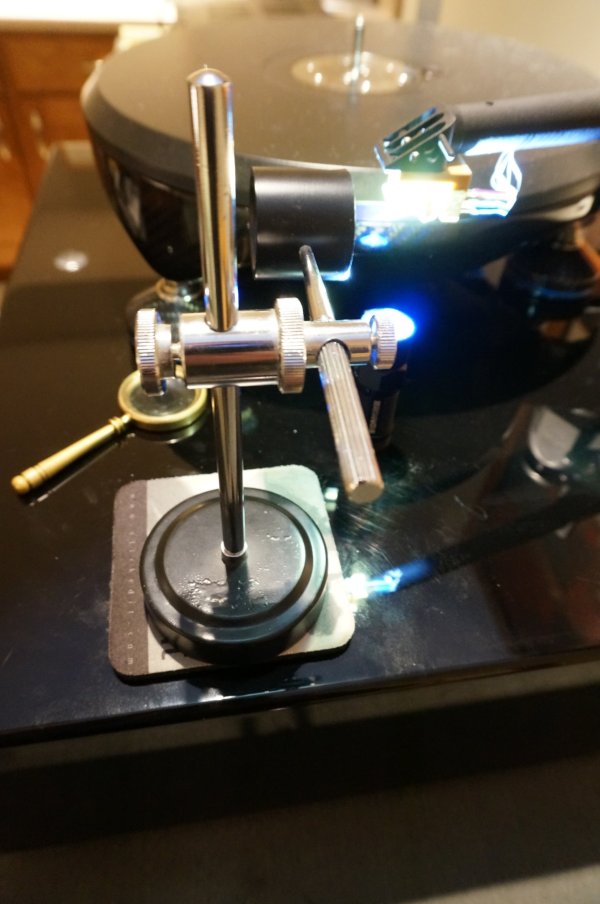I’ve come across this article:
https://thevinylpress.com/the-finish-line-for-your-phonograph-stylus/
It was a bit of a shock to me, that performance of my Opus 1 cart can start to deteriorate after only 500 hours of use. And after 1000 hours it may damage the records!?
Below is the extract from the above article:
“The table below shows conservative stylus life by stylus tip shape and a range of stated life from a multitude of sources. The “Hours of Play” column on the left is derived from research performed by Jico and presented by SoundSmith (see
www.sound-smith.com/articles/stylus-shape-information). Apparently, according to JICO, the amount of playing time where a stylus will maintain its original specified level of distortion (~3.0%) at 15kHza is as follows:
Stylus Shape Hours of Playa
Stated Life (hrs), Othersb
Spherical/Conical 150 300 – 800
Elliptical 250 500 – 1,000
Shibata/Line Contact 400 500 – 3,000
Micro-Ridge 500 ±4,000
a JICO research as published by SoundSmith (ibid.).
b Estimates from numerous audio forum and company webpages, all without technical support.”
Am I correct to assume that Opus 1 semi-line contact stylus falls into Shibata/Line Contact category?
500 hours with an average of 6 records per week will give you about 2 and a half years of use. So, you spend more than 10K on a new cart, and it will last just 2 or 3 years?
Now, instead of buying a new cart I should probably spend money to inspect and re-tip my Opus

Do you guys have any experience evaluating Opus1 or other MSL carts for wear and re-tipping them? How much will it cost to re-tip an Opus 1 cart and where it can be done?









